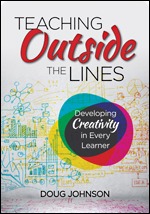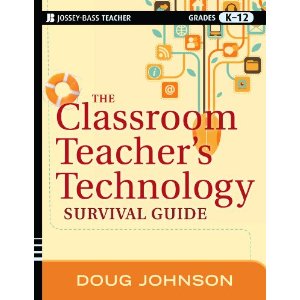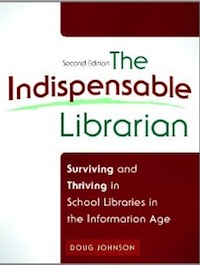Equipping the "smart" media center
 Tuesday, November 29, 2005 at 08:27PM
Tuesday, November 29, 2005 at 08:27PM This came in this afternoon's e-mail:
Hi Doug. I came across your handout for "Is Technology Making a Difference in Your School" while searching for some prototypes for long range media center equipment.
Do you have any planning instruments to help us plan for Media Center equipment as we move from standard classrooms to smart classrooms?
Any ideas you can share would be helpful.
Good question. No planning instruments, I‘m afraid. Off the top of my head, I’d certainly include these things in my “smart” classroom planning if justified by your program.
Media center classroom
- Ceiling-mounted LCD projector.
- Interactive whiteboard.
- Good computer with Internet connectivity.
- Sound amplification for computer and speakers.
- Remote pointing device/wireless mouse.
- VCR/DVD/CD combo.
- Some sort of easy to use switch to select projected devices.
Media center production lab
- Powerful computer with photo and video editing software.
- CD/DVD burning and duplicating equipment.
- Video and still digital cameras.
- Good microphones (movie narration and podcast creation)
- 21” LCD display.
- color laser printer that will print on photo paper
Media center should have wireless connectivity throughout with some laptops for check out.
I still think there is a place for a computer lab in or adjacent to the media center for large group instruction in productivity software and research (along with a separate stations dedicated to library catalog access and research for both individuals and small groups).
Consider the media center being adjacent to any interactive television classrooms or housing distant learning equipment.
This is off the top of my head. I’d be anxious to hear what others think might make the media center a “smart” classroom from an equipment standpoint.
OK, Blue Skunk readers. What did I forget? I promised the writer of this question that you would have wonderful ideas. Don't let me down.







